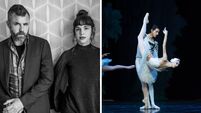Edith Somerville: A look at the life of a fascinating West Cork woman
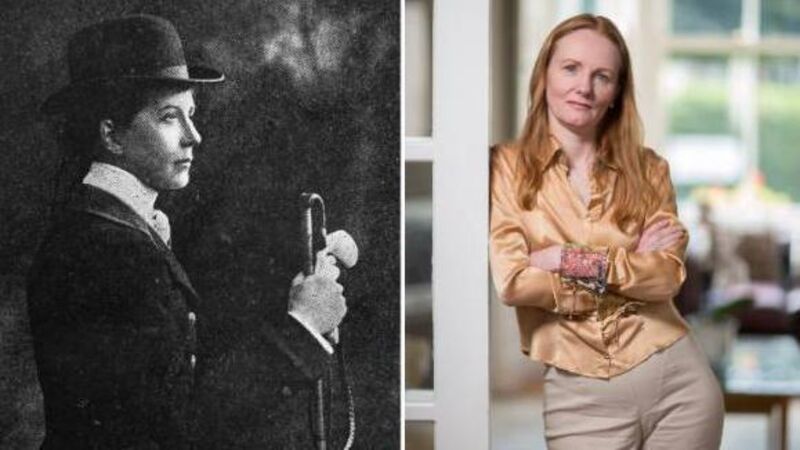
Edith Somerville from Castletownshend is the subject of a novel by Martina Devlin.
As a journalist, Martina Devlin knows a good story, so when she began to delve into the fascinating life and times of Edith Somerville, she had found someone who she knew would come alive on the page.
Somerville was born in Corfu in 1858 and grew up in a landowning family in Castletownshend, Co Cork. She published books, including the popular Irish RM stories which were later adapted for television, with her cousin Violet Martin, who went by the name Martin Ross.
She was also an accomplished artist, spiritualist, horse dealer, suffragist, a member of the Ascendancy who sympathised with Republican revolutionaries, as well as the woman who introduced Fresian cattle to Ireland.
So it’s not a surprise that the prospect of writing a book about Somerville proved irresistible to Devlin. The long-percolating interest has resulted in the novel Edith, a reimagining of Somerville’s life in West Cork during the heady period around the War of Independence, and which Devlin will discuss at the West Cork Literary Festival next month.
Somerville and Ross became synonymous with the picturesque village of Castletownshend, and their presence was strongly felt by Devlin on her first visit to West Cork more than two decades ago.
“I didn’t really know that much about Edith until I went to Castletownshend. Obviously I knew the Irish RM stories and I was aware of The Real Charlotte which is regarded as one of the great Victorian novels but I didn’t know very much about Edith Somerville herself. Then, more than 20 years ago, my then-boyfriend, now my husband, brought me to West Cork,” says Devlin.
“There is something about walking around a place that you absorb a certain energy from it. Somehow, for me Edith Somerville and Castletownshend are just really closely interwoven.”
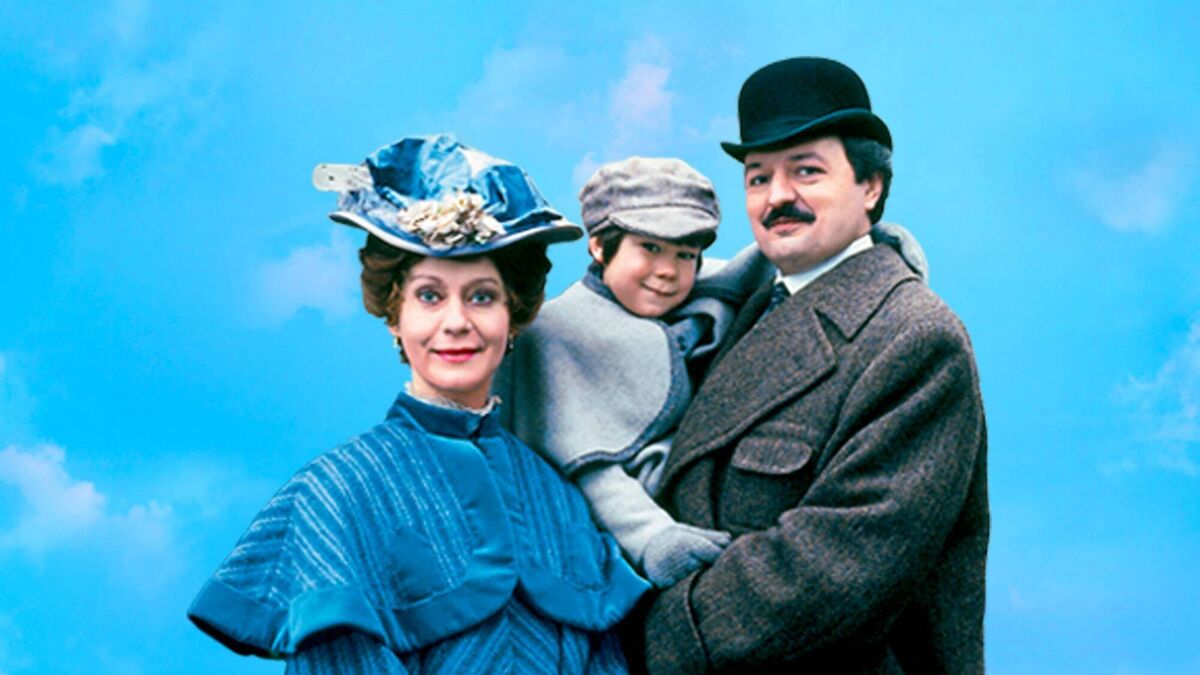
Somerville’s legacy can be seen especially in the church of St Barrahane’s, where Somerville played the organ for more than 70 years. She also commissioned Harry Clarke to produce stained glass windows for the church, as well as designing a mosaic there to commemorate Violet Martin after her death.
Somerville is buried next to Martin in St Barrahane’s — “perhaps one of the most beautifully situated graveyards in Ireland, overlooking Castlehaven Bay,” says Devlin.
“Castletownshend is a memorable place and it is so closely associated with Edith, the fact that she lived there and that her home Drishane House is still in the hands of the family. The more I read about her, the more interested I became because she was a feminist, and was keen to earn her own living — she earned her first money at the age of 16, illustrating greetings cards. She could have married but didn’t and forged an alternative way of life,” says Devlin.
Devlin, originally from Omagh, Co Tyrone, was also interested in exploring Somerville’s dual identity. “I am very interested in this concept of hybrid identity, which is enshrined in the Good Friday Agreement. She was an early adopter of that — she called herself ‘Miss Facing Both Ways’, and she made the case for being both Irish and British — that you could have more than one set of loyalties.”
Devlin carried out extensive research for Edith and was aided greatly by the fact that Somerville was a prolific letter writer and diary keeper.
“I was very fortunate that the Somerville family allowed me into their private archive at Drishane House. Letters are so useful because they are a conduit to someone’s thoughts. When she was doing more formal writing, perhaps her views were revised but a letter or a diary entry is how someone is feeling at that moment in time.”
She was also able to access examples of automatic writing by Somerville held in Queen’s University, Belfast. This was a process whereby the subject would produce words while in a hypnotic trance, usually during a seance.
“Somerville was involved in the spiritualist movement and believed she was in communication with Violet Martin, who had died in 1915, that it was a way of collaborating with her beyond the grave. The eight books that followed Violet Martin’s death, Somerville insisted in most of them that she would be given a credit, as Martin Ross. She was always convinced that they were in contact. It sounds bonkers in 2022 but people like WB Yeats were doing automatic writing. It was a way of helping their creativity.”
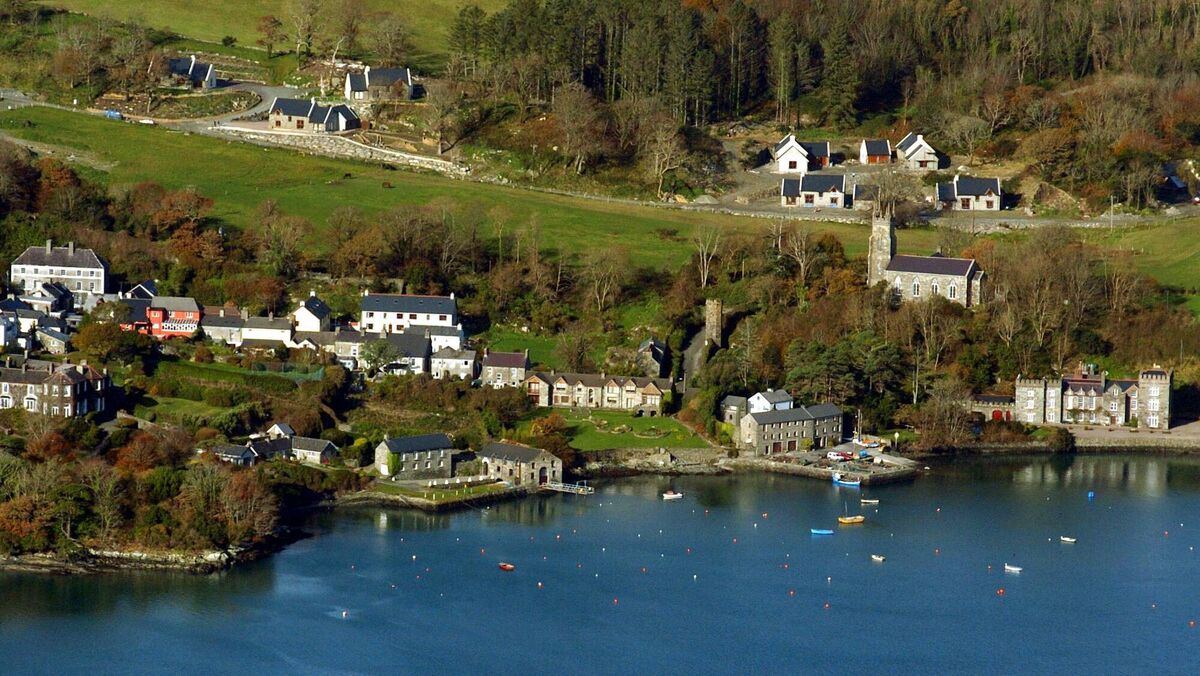
In his 1968 biography, Maurice Collis portrayed Somerville as a man-hating lesbian who was in a romantic relationship with Martin, but Devlin could find no evidence of such.
“It doesn’t add up. As a novelist, I would have been delighted to have found evidence, it would have made the book more marketable. But you have to be true to your research. Edith and Violet were in an important relationship, arguably the most important relationship in their lives for both of them.
"It was companionship, it was professional, it was familial, they were on the same wavelength in many ways, they cared for each other deeply. But that doesn’t mean they went to bed together. I think it is really improper those conclusions should have been reached, when there was no evidence to suggest it. It is not a part of the novel.”
However, Devlin does feature the real-life figure of Dame Ethel Smyth, who was bisexual. “She was an extraordinary woman, a composer and suffragette. She did have a mad crush on Edith, but you can see in the letters between them that she made a pass at Edith and Edith rejected her, and was quite shocked even at the notion. Dame Ethel deserved a novel in her own right.”
Devlin’s appearance at the West Cork Literary Festival in Bantry will be a homecoming of sorts for the novel. “I feel anxious about that in a way. It is a responsibility but I hope I have done Edith, Castletownshend and West Cork justice.”
- Martina Devlin will be at the West Cork Literary Festival with fellow author Marianne Lee, Bantry House, Sun, July 10, 3pm
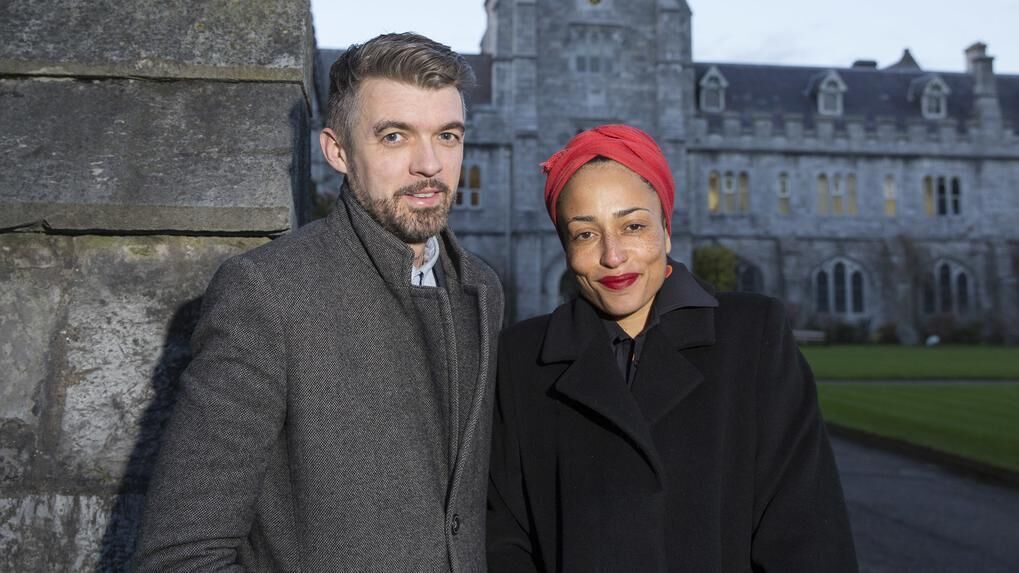
- Nick Laird and Zadie Smith, Maritime Hotel, Fri, Jul 8, 8.30pm: The literary couple and West Cork residents discuss their work with Rick O’Shea.
- Sara Baume/Whiddy Island, Sat, Jul 9, 2.30pm: Baume writes beautifully and evocatively about nature and her West Cork surroundings, most recently in Seven Steeples. Join her for a ferry trip to Whiddy Island and an exploration of how to live better in the natural world.
- Áine Ní Ghlinn, Bantry Library, Sat, Jul 9, 2022, 5pm: Ireland’s Laureate na nÓg discusses how to encourage children to read as Gaeilge and the importance of reading in other languages. The event will be in English.
- Lynn Buckle and Nina Mingya Powles, Maritime Hotel, Tues, Jul 12, 6.30pm: Award-winning writer Buckle, a deaf/hard-of-hearing artist and activist and Mingya Powles, a poet from Aotearoa, discuss writing inspired by the natural world.
- Lisa McInerney and Fiona Mozley, Bantry Library, Wed, Jul 13, 1pm: McInerney’s Cork-based trilogy and Mozley’s most recent novel Hot Stew feature the themes of class and money, so this is sure to be an interesting discussion.
- Paul Muldoon, Maritime Hotel, Fri, Jul 15, 8.30pm: One of Ireland’s most celebrated poets talks about his latest collection Howdie-Skelp, which includes a nightmarish remake of The Waste Land.



